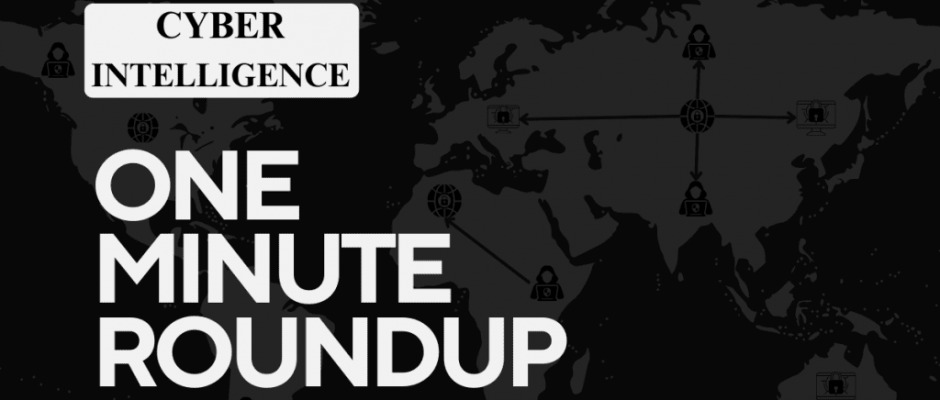60% of Cybersecurity Professionals Considering Job Change – March 5th
Cybersecurity professionals are restless, with over 60% planning to switch jobs in the next year. A new study by IANS Research and Artico Search highlights career stagnation as a major reason, while salaries remain high across the industry.
The report finds senior professionals are the most eager to leave, frustrated by limited growth opportunities. Specialists in cloud security, application security, and threat intelligence, however, continue to command the highest salaries.


